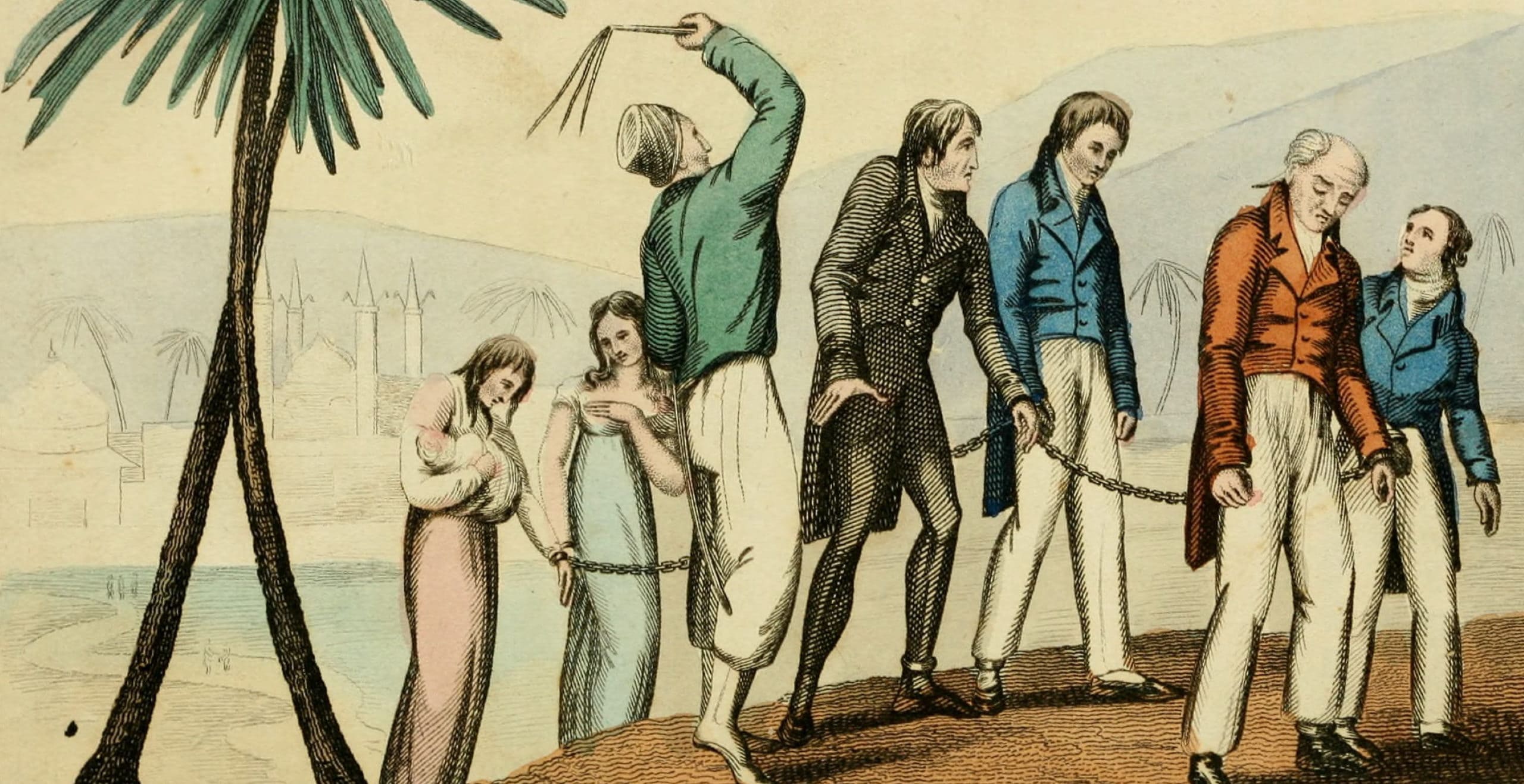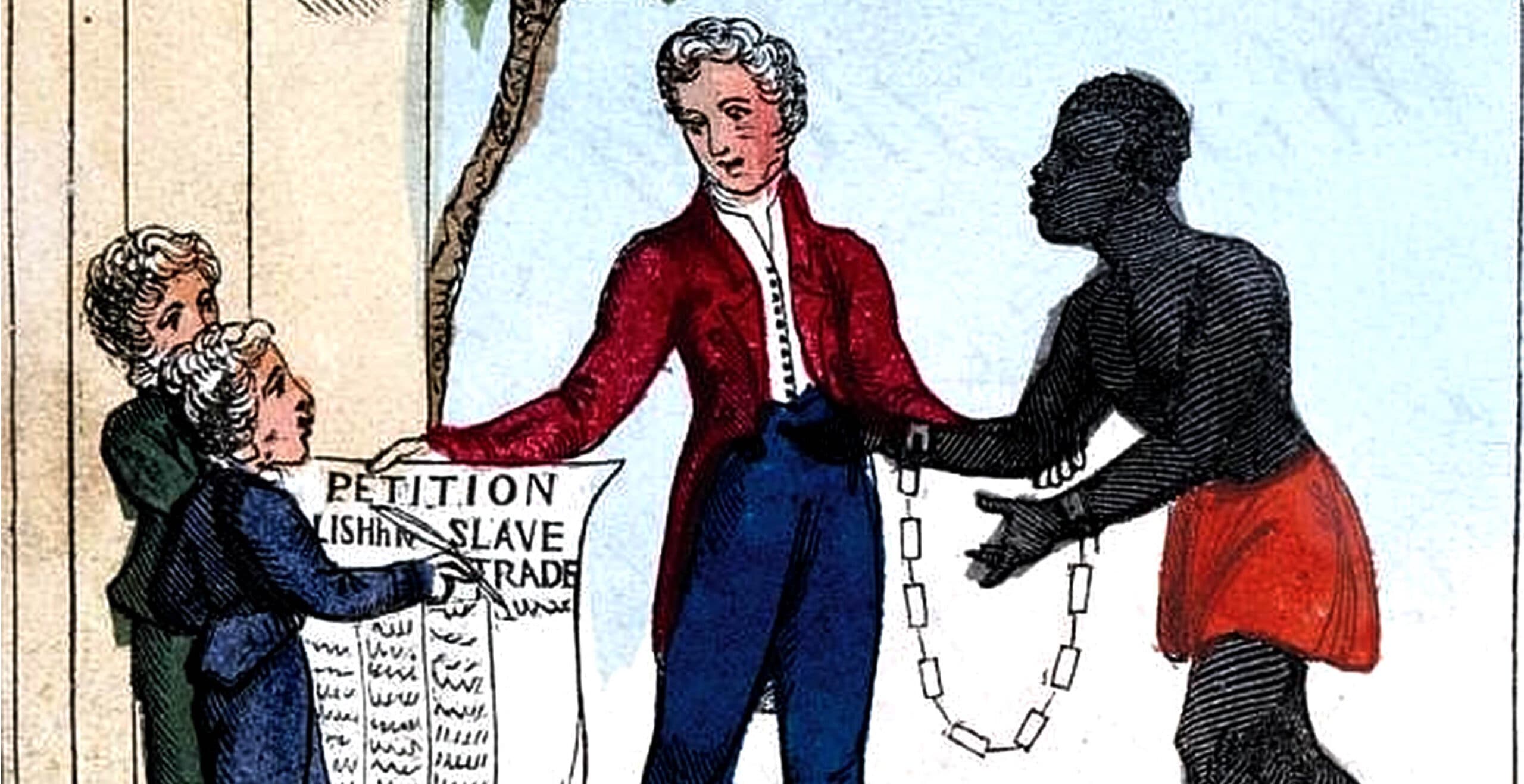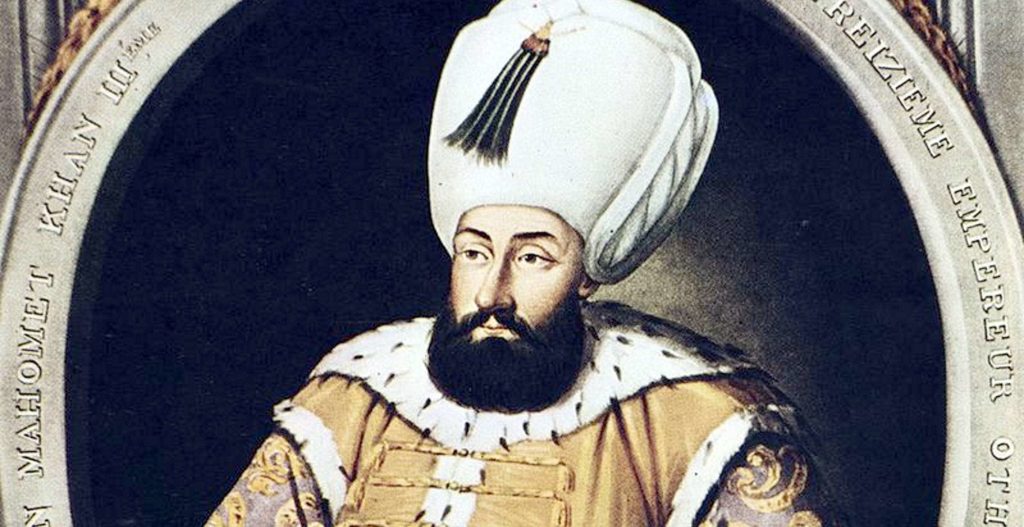From slave girl to lady-in-waiting to Queen Elizabeth I, Aura Soltana is believed to be the first recorded Muslim woman in Tudor England.
Born in Russia, the Tatar slave girl would be taken far away from her homeland and transported to England where she enjoyed a comfortable position in the court of Elizabeth I.
Her story is remarkable and reflects the new connections being forged across continents and the developing globalisation of the early modern world.
In sixteenth century Europe, Elizabethan England had distanced itself from its Catholic neighbours and thus began to look elsewhere for its security, trade and political alliances.
With Elizabeth I on the throne, her anti-Catholic sentiments were influencing not only religious matters, but all things political, economic and cultural.

In 1570, Pope Pius V officially excommunicated Queen Elizabeth and thus instigated a new path for England to take its place on the global stage, relinquishing the papal edicts which forbade trade with the Muslim world. This was to be a pivotal step in freeing England from its restrictions to trade and do business with the world beyond Europe.
Queen Elizabeth I would thus seize this opportunity and allow those in her court as well as ambitious merchants and businessman of the day to seek alliances and commercial agreements with various Islamic states including some of the most prominent empires of the day such as the Ottomans, the Shi’a Persian and the Saadi dynasty of Morocco.
One such prominent player in forging these relations was the Muscovy Company, previously known as the Company of Merchant Adventurers to New Lands, set up in 1551 by explorers Hugh Willoughby, Richard Chancellor and Sebastian Cabot.
After receiving its charter in 1555, Willoughby and Chancellor set off on an intrepid expedition to reach China and the Far East via the Northeast Passage. Sadly, Willoughby and his crew would lose their lives during the voyage however Chancellor made it as far as Russia, where he was granted an audience with the Tsar and subsequently established a viable commercial agreement between the two kingdoms.
By 1555, the company was chartered again and became the Muscovy Company during the reign of Mary I. Meanwhile, Richard Chancellor travelled to Russia once more in order to cement certain trading privileges with the Tsar, which included free passage across Russia.
This would come in handy for the next trader to take Chancellor’s place, a man called Anthony Jenkinson.
Originally from Leicestershire and from a wealthy background, Anthony was well-trained to enter the world of mercantilism and by the time he became the main trader of the Muscovy Company, he was well-equipped for the challenge of travelling continents to do to business.
On one of his most long and arduous travels, Jenkinson was attempting to reach China overland via his guaranteed safe passage through Russia.
During this trip, he found himself arriving in Bukhara in modern day Uzbekistan, at what was in fact a prominent trading post along the Silk Roads and a major cultural Islamic hub.
The next journey he embarked upon took him as far as Persia where he attempted to verify a viable route in order to engage in commercial ties.
It was on his return journey from this expedition that he encountered Aura Soltana whilst travelling along the Volga River.

Upon his arrival in the Russian city of Astrakhan, lying on the banks of the Volga, he came across a slave girl of Tatar ethnicity whom he subsequently bought and took back with him to England.
Jenkinson later noted that “the price of a Nagayan Tartar slave was a loaf of bread worth sixpence in England”.
She would be referred to by Jenkinson as Aura Soltana, perhaps a slave name or a reference to where she was from originally. She would also be known as Ipolitan the Tartarian or Ippolyta.
Whilst it is difficult to verify, Aura Soltana is thought to be one of the first recorded Muslim women to have arrived in England and lived a new life far from home.
As a young Russian girl taken from the place of her birth, she was subsequently welcomed into the court of Elizabeth I. On 13th July 1561 she was christened and received a gift of jewellery from the Queen.
She would be subsequently immersed in the pleasures and riches of court life and was referred to as “dear and well-beloved”. At this time, young Aura was adorned with numerous pieces of clothing, gifts and luxury items bestowed on her by the Queen and her courtiers including a pewter metal doll for her to play with whilst she grew up in the royal household.
It was commonplace for clothing and unwanted gifts to be passed on to others in the court and thus it is most likely that some of the clothing bestowed on Soltana would have been the Queen’s own collection. This included gowns made from black taffeta which is a luxury material woven from silk. The name itself originates from Persia and was used for elaborate dresses and even today would be used for ball gowns and wedding dresses.
Other fashion items included rabbit fur which was provided by the skinner Adam Bland in order to use for a damask cloak for Soltana.
The clothes given to and worn by Aura Soltana were listed and itemised in a warrant dated June 1564 and included a large amount of imported and luxury fabrics, indicating the impact of the expansion of trade eastwards and in the Islamic world.
The trade which would emerge from the exploration of commercial markets by the likes of Jenkinson and others like him, would filter down into the ladies fashions worn by the likes of Aura.
Sadly, snippets of information alluding to the presence of Aura Soltana remain sparse and the information recorded in ledgers does not tell us how her story ends.
As such this has led to more speculation about her significance in court and her depiction in Tudor England. There are some historians who have even associated Soltana with the ‘Portrait of the Unknown Woman’ by Marcus Gheeraerts the Younger. Depicted in the painting is a woman in opulent Persian clothing which might allude to the presence or influence of Aura Soltana.

The slave girl turned lady-in-waiting was able to enjoy the freedoms and luxuries of Tudor court, wearing and choosing outfits made from some of the most expensive and sought after fabrics.
Whilst information about her life still remains fragmented, her appearance in the court of Elizabeth I shows how a poor slave girl, enslaved and sold to the prominent English trader Anthony Jenkinson, made one of the most remarkable transformations in medieval history.
Originally a Tatar slave from the Volga region, her rise in status to become a Muslim lady-in-waiting to the Queen of England remains a significant story, illustrating a much larger process of Islamic integration, influence and cultural transfusion in Tudor England. Aura Soltana is one of many individuals whose life influenced the court and beyond in its attitudes, fashions, taste buds and much more.
Jessica Brain is a freelance writer specialising in history. Based in Kent and a lover of all things historical.
Published: 17th May 2024









